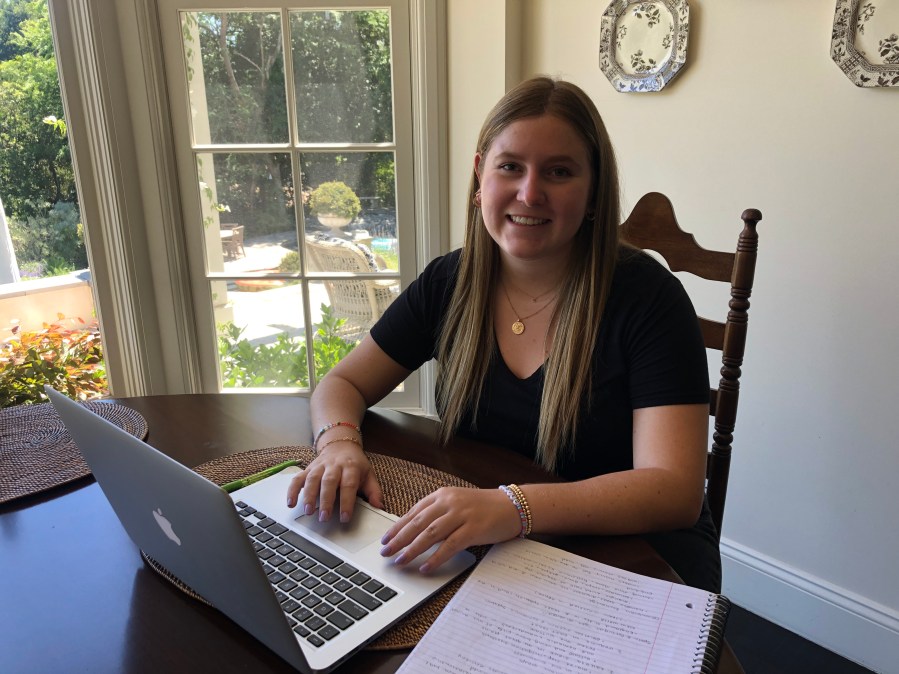While many students wait to hear what fall will look like, the recent emphasis on distance learning has inspired several students to create virtual tutoring programs. Their aim: help bridge the learning gap between the classroom and Zoom. Here’s a look at what some of them have set up.
Follow Tech Reporter Rich DeMuro on Instagram for more tech news, tips and gadgets!
“I wanted to do something productive with my time,” says Emme Shaffer, a high school senior at the Buckley School. Emme started a free, online program called Tutor Together.
The one hour, one-on-one zoom sessions are geared towards students in kindergarten through eighth grade. “I don’t think I’m any more deserving of academic success than anybody that doesn’t have the resources that I do,” says Emme.

Tutor Together has 15 tutors volunteering their time to teach students throughout the week.
Similarly, the Covid NineTEEN Project was started by two high school juniors, Sarah Shapiro and Skye Loventhal. They have 100 teen mentors providing free activities and one on one tutoring for students in grades one through five.
In just over two weeks they’ve worked with 300 students globally.
“I really wanted to create something to help students catch up and really feel like they weren’t missing out on anything because of online learning,” says Sophia Scott, a high school senior who created QuaranTEENS Tutoring. The free program help students in middle and high school.

There’s a wide variety of services to choose from, including math, history and even standardized test prep.
“It’s such an important thing for us to be able to serve people who may not have access to all of the resources that we do,” explains Scott.
Also recently featured on the KTLA Morning News is Flypaper Tutors. Columbia University student Eden Naftali is also offering free student to student tutoring services.
“I realized quickly how difficult this transition to online learning was but couldn’t even imagine how hard it was for the younger middle school students who are at a pivotal point in their education and without having teachers the front of the classrooms to ask questions to and their peers to engage with as well as the parents who had taken on this new burden and this role of having their students learning from home, we really wanted to support these students and these families during this difficult time,” explained Naftali in an interview.
NOW: Listen to the Rich on Tech podcast, where I talk about the tech news I think you should know about and answer the questions you send me!





















